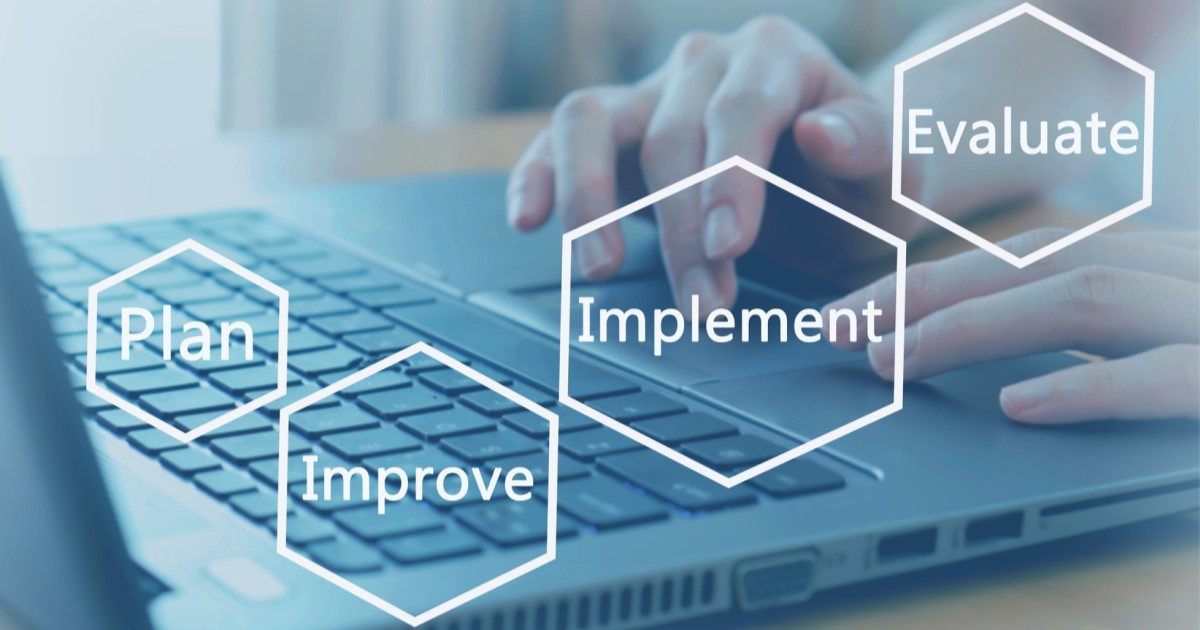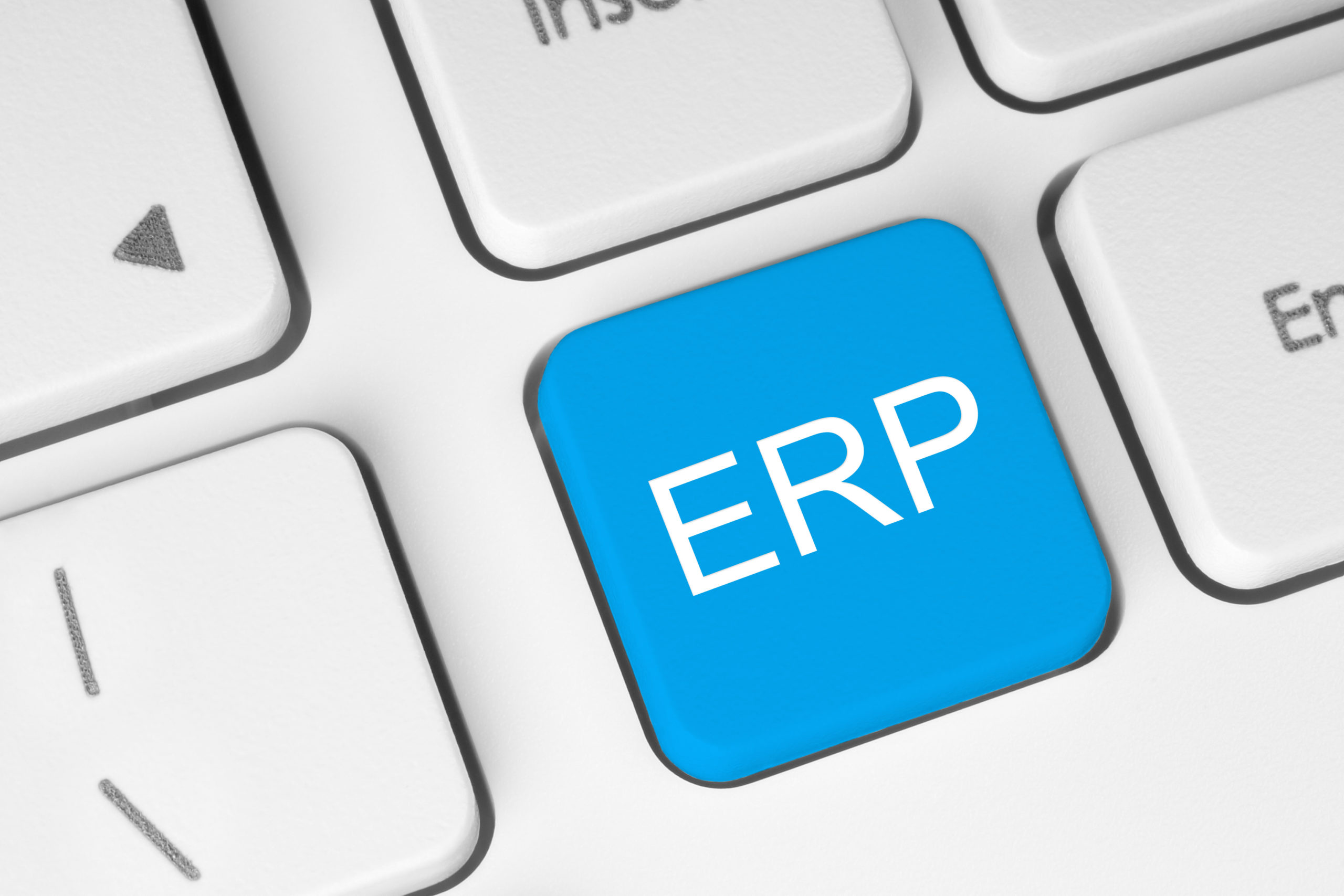SAP Upgrades: The Importance of Good Preparation
In a constantly evolving technological environment, it is important to consider regularly updating your SAP applications. This ensures a constant supply of new functionalities, optimum performance, and better SAP support in the event of problems, as well as guaranteeing the security of your applications. To provide an efficient production launch by skillfully navigating through operational challenges, we are focusing today on our best practices in customer preparation and collaboration for SAP upgrades.
From Adjustments to New Releases: Better Understanding the Updates
When we talk about SAP updates, what are we talking about? SAP regularly releases new version, to follow a continuous improvement process. They receive customer feedback (mostly via the support portal), but also identifies some programming errors. New functionalities can gradually be introduced. This is what is better known as an update. SAP adjustment notes also act as temporary fixes.
SAP updates should be distinguished from SAP upgrades, which identify the onset of a more recent version of the SAP application. In SAP S/4HANA for example, this is referred to as a Feature Pack Stack (FPS). Every year, a new FPS is released on the markets, containing all adjustment SAP notes, security patches, as well as new functionalities or even improvements to existing features.
The tool of choice for SAP upgrades is, of course, the SUM (Software Update Manager). This powerful tool enables you to update SAP while optimizing the downtime window of your SAP application. Yet, handling Software Update Manager remains an art by itself!
Why Carry Out an Upgrade to SAP?

There are many advantages to keeping your SAP systems up to date and carrying out SAP upgrades. The first is obviously to resolve any bugs that may have been introduced into your current version. Other benefits you could achieve include the following:
- Enhanced security and data protection. Updating your applications can remedy a large number of CVEs (common vulnerabilities and exposures);
- Addition of new functionalities;
- Improvement of the user experience by optimizing workflows;
- Access to new business intelligence (BI) models, allowing better insights for making strategic decisions for your company;
- Sometimes, an improved performance, with better SAP navigation and the elimination of certain irritants for your users;
- And much more.
Thanks to these updates, you will remain at the forefront of innovation and ahead of the competition. They enable you to adopt artificial intelligence (AI), machine learning (ML) and other features, increasingly native (and out-of-the-box) to your SAP application suite.
Every upgrade project must correspond to a business case you could have … and we’re here to help you identify it before you even start.
Preparing Your SAP Upgrades: A Far-Sighted Approach
In order to offer you an upgrade plan that meets your performance expectations and a production launch that minimizes risks, we rely on upstream work and good collaboration between all stakeholders.
After establishing with you the relevance of upgrading your SAP system, we organize an initial workshop to define the target version and the prerequisites for achieving it. Please note that this may involve different types of requirements, such as compatibility between various products (SAP, databases, operating systems, etc.) or cloud resource requirements.
We identify for you the compatibility of your database components, operating systems, and other SAP products with the target version we have defined together, using tools such as the Product Availability Matrix (PAM).
Our oXya technical team then works with your in-house team or functional partner in a preparation phase. As early as the preparatory phase, we use SAP’s Maintenance Planner to establish which functionalities will be added or adjusted. This tool identifies all Add-Ons and installation media required to reach the target version. It also allows to list all SAP notes describing the technical and functional changes brought by the desired release upgrade.
During the planning stage, we identify every single task to be accomplished, the time required, the budget and the scope. Moreover, it is important to list the resources to be brought on board the project by registering each of the people involved in a stakeholder register. The question of roles and responsibilities is clarified right from the start of the project, according to a RACI matrix (Responsible, Accountable, Consulted, Informed). This clear table indicates who will be responsible for which task, who will be consulted and who will be informed.

Setting Up a Risk Management Plan
If there is one certainty in project management, it is that there are unforeseen circumstances. As of the preparation, we set up a risk management plan and present you with a first version of the risk register. Every risk linked to the update project is listed, along with a mitigation plan documenting the responses to be adopted.
Anticipating the unexpected upstream is not always obvious. Thanks to our oXya methodology, we can set up a decision-making structure ready to react promptly. For example, human risk, with the absence of a key project resource during a critical period, is one of the risks we need to anticipate.
On the one hand, when you call on oXya, you can be sure of having a solid team on your project, ready to react quickly. On the other hand, we emphasize the documentation of our actions, drawing up an easily traceable history if someone else needs to take over quickly.
Minimized Downtime
When updating systems, a period of downtime is to be expected. To ensure that this period is as short as possible, we proceed in several stages:
- Using the development system, we build the upgrade recipe.
- We re-apply this recipe to the quality (test) system. As the quality environment is very often similar in size to the production environment, we can then optimize the recipe—particularly by adapting the SUM settings—to try and reduce downtime. Our experience on numerous SAP projects (over 400 customers worldwide) enables us to quickly find the right recipe.
- The validation test phase is important, and we support our customers on the technical aspect.
- When you feel you are ready for the rest of the testing phase, we move on to the production release of the upgrade to your SAP application.
To minimize downtime and the impact on transport in the development environment, it is possible to test an initial upgrade recipe in a sandbox environment, a refreshed copy of production (with a similar configuration). This makes it possible to quickly obtain reliable empirical data on the duration of maintenance, and to adjust the SUM settings at the very start of the project.
When you upgrade the version of your SAP applications with oXya, you benefit from a proactive approach and close collaboration at every stage of the project, while minimizing risks and downtime. Ready to upgrade your SAP applications? Contact us here to carry out your next SAP project with confidence.





